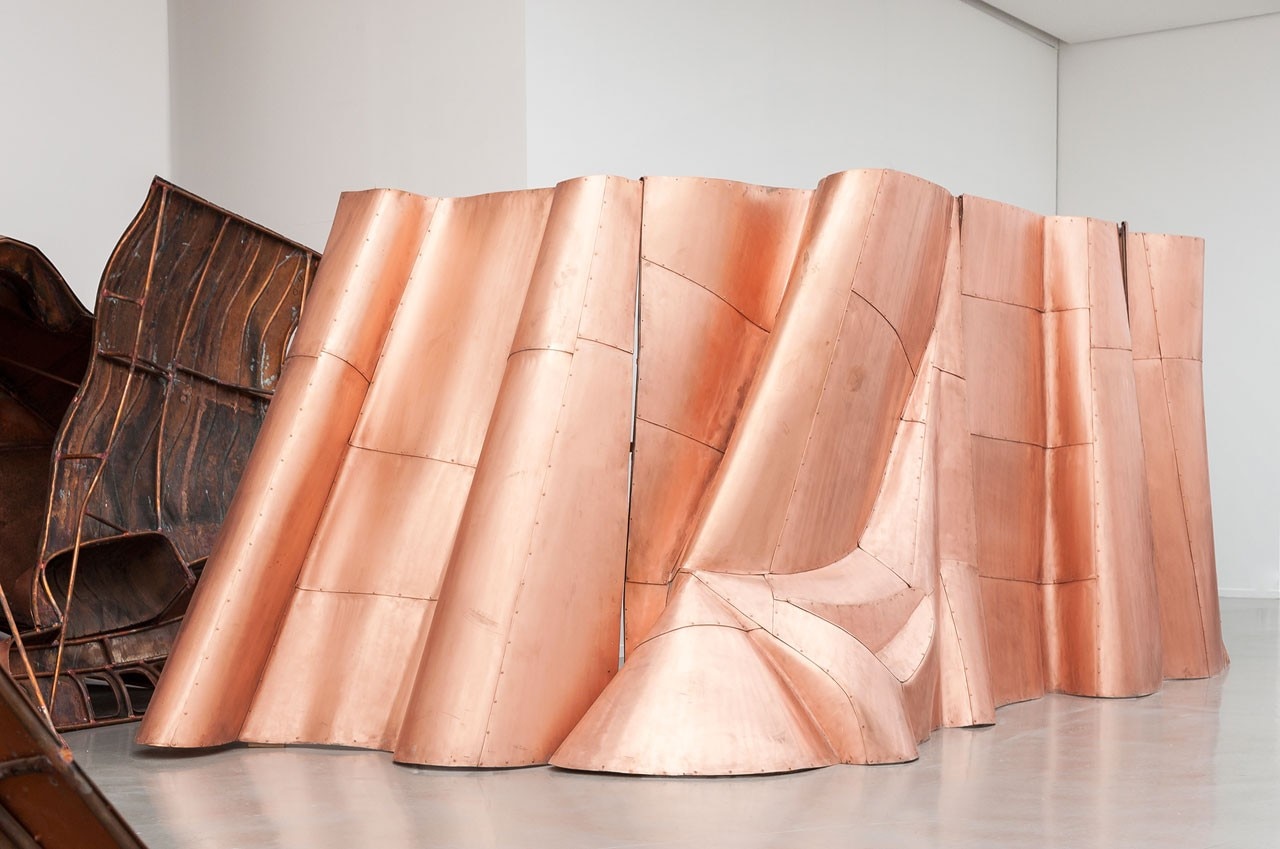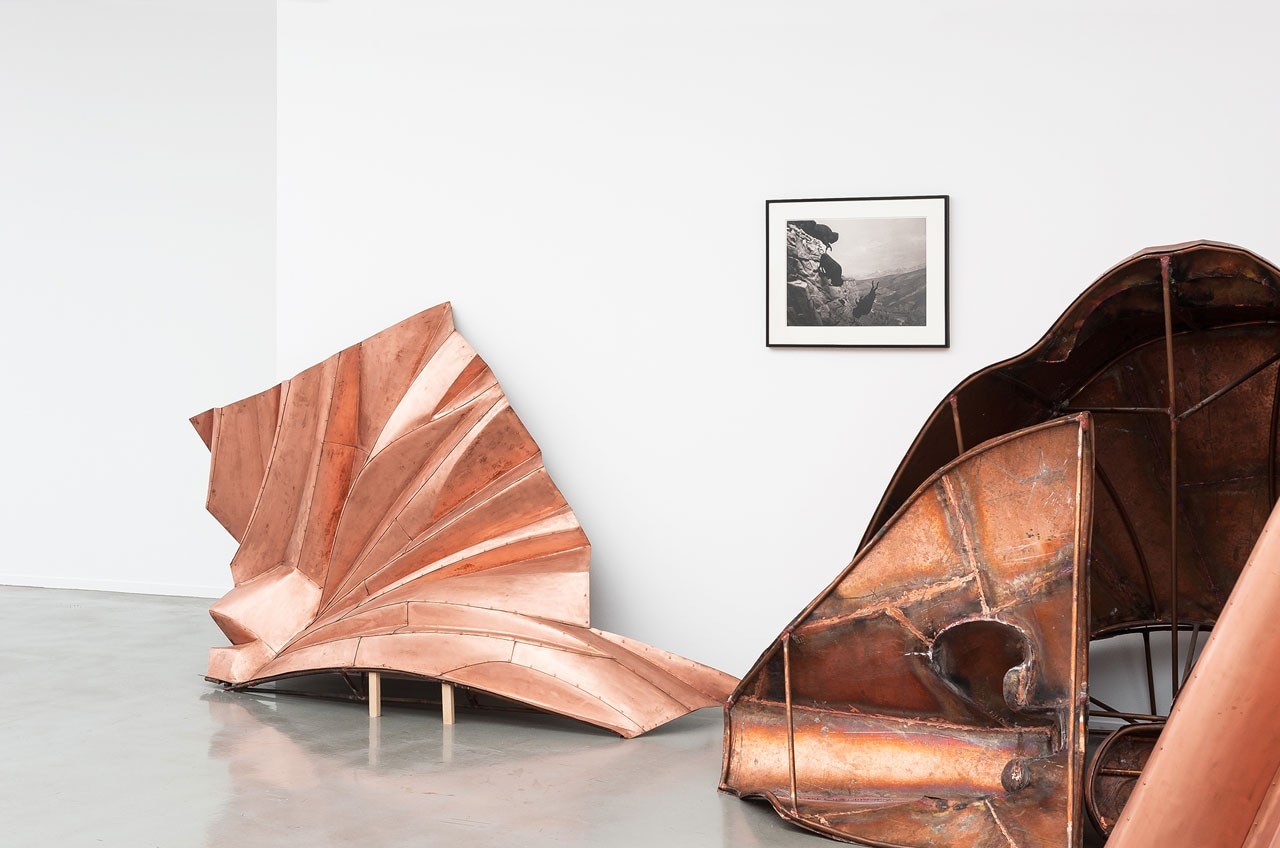
Like Indochina, Dahn Vo charges his works with rewrites that metabolise the negativity of human tragedy
The artist’s personal history is marked by his region’s terrible fate and, like Indochina, Dahn Vo charges his works with rewrites that metabolise the negativity of human tragedy. These dramatic stories continually reappear in exhibition spaces; and while no longer topical, they are still important for decoding his creative work.
Dahn Vo left Vietnam with his father on a boat that was rescued by a Danish trawler. This event exonerated them from the horrors of the 1970s real-politik which is why all of his works, expertly installed with rare semantic relevance, seem imbued with burning topicality even today.
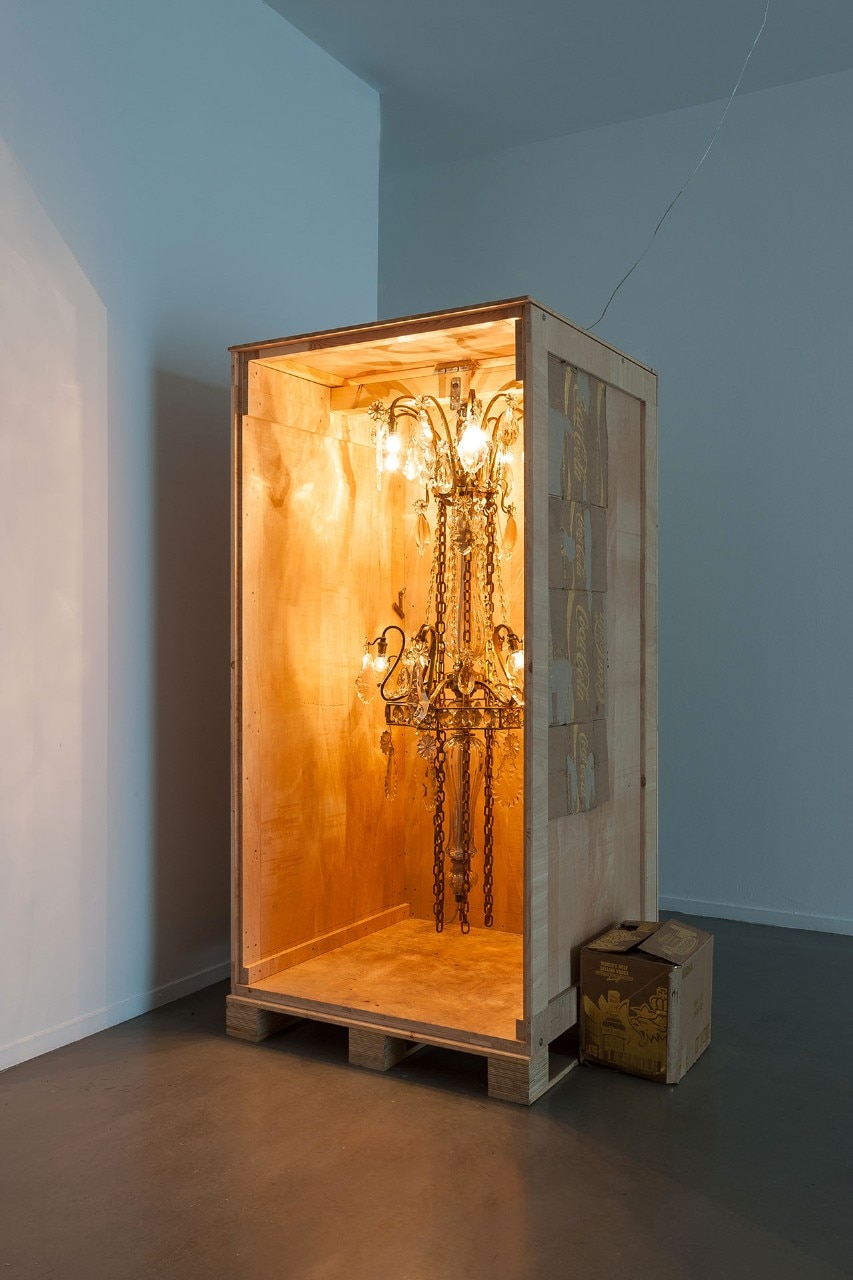
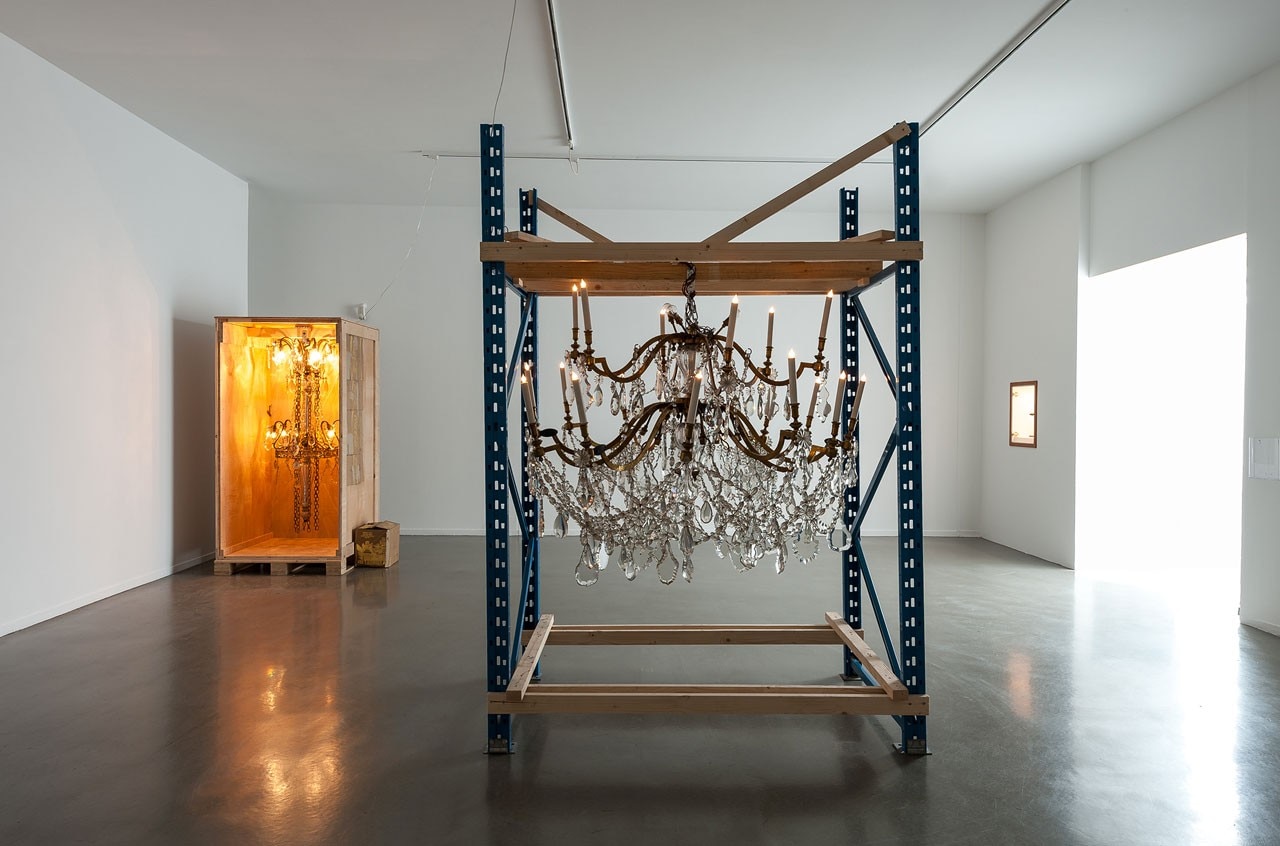
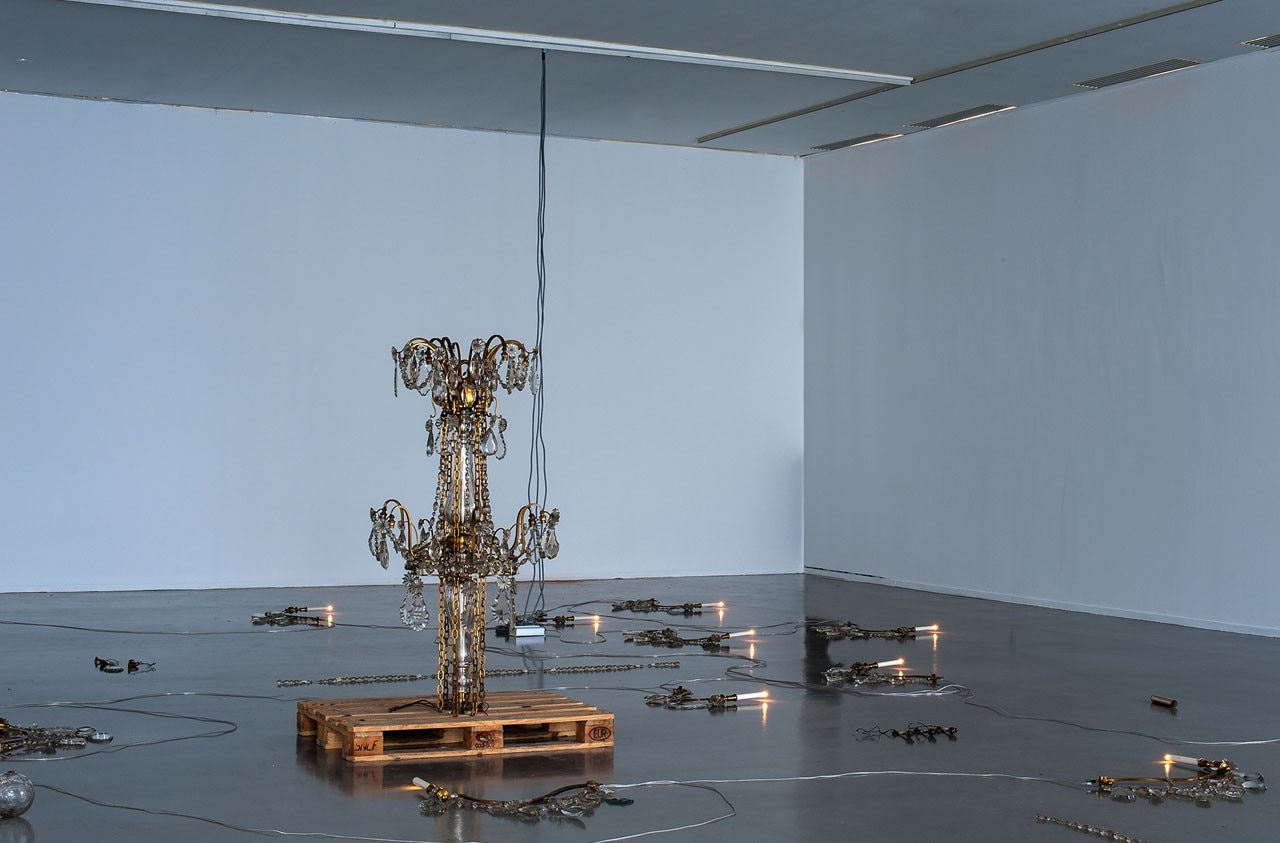
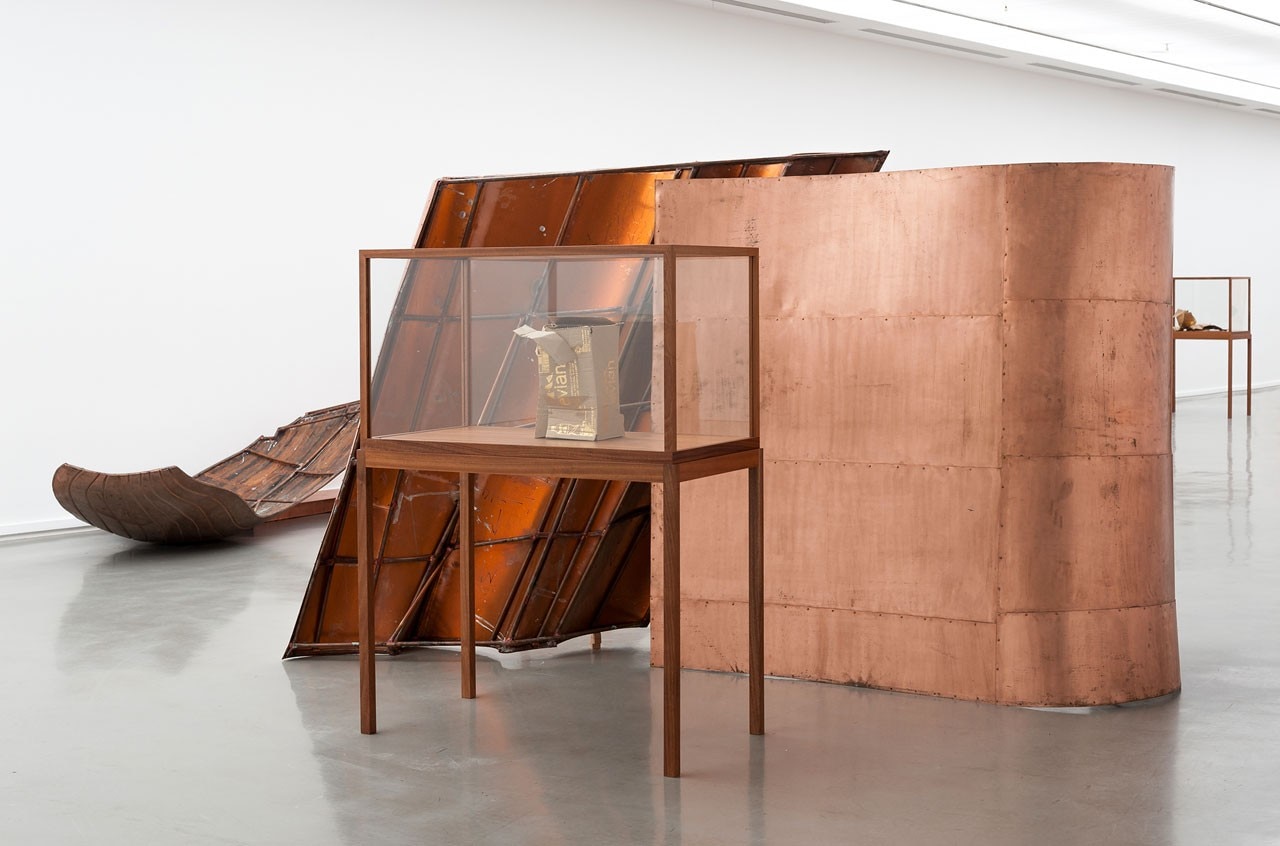
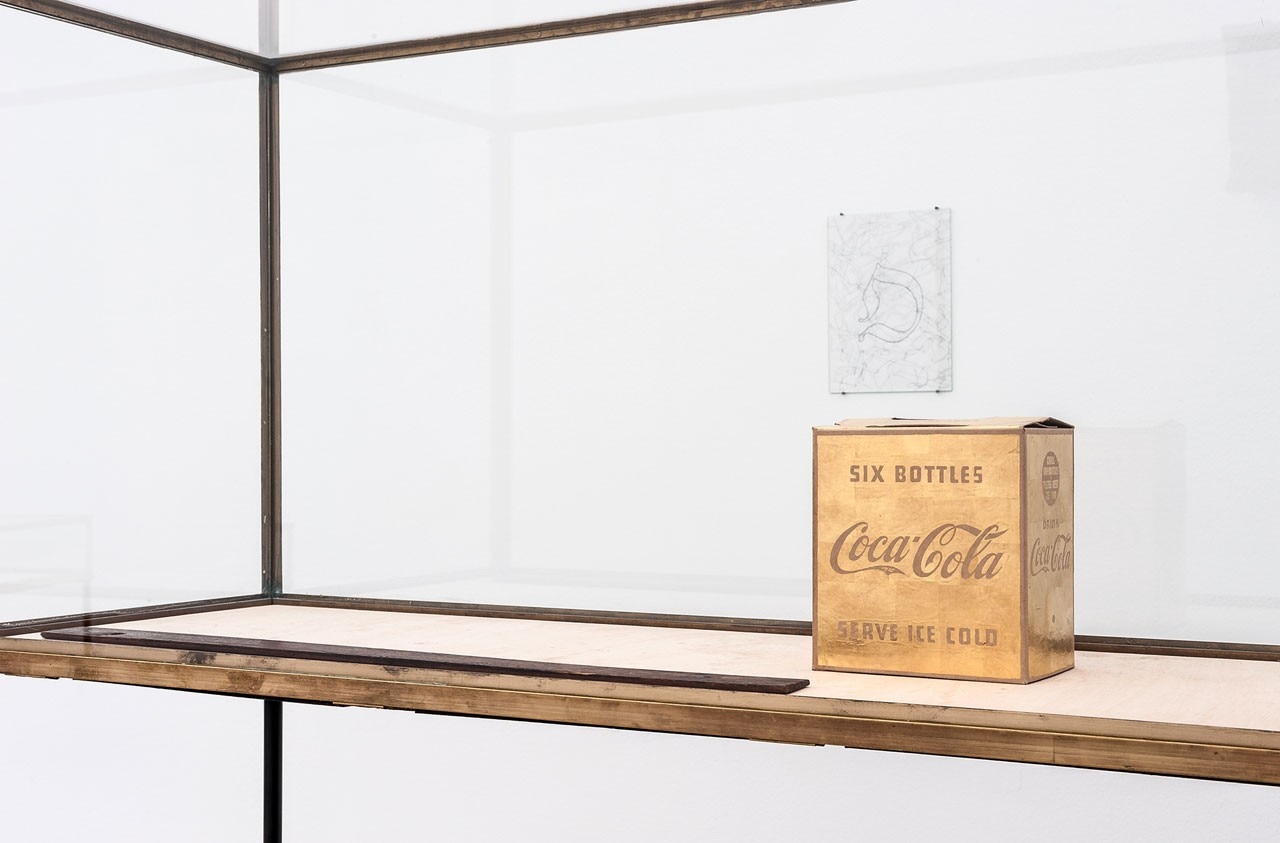
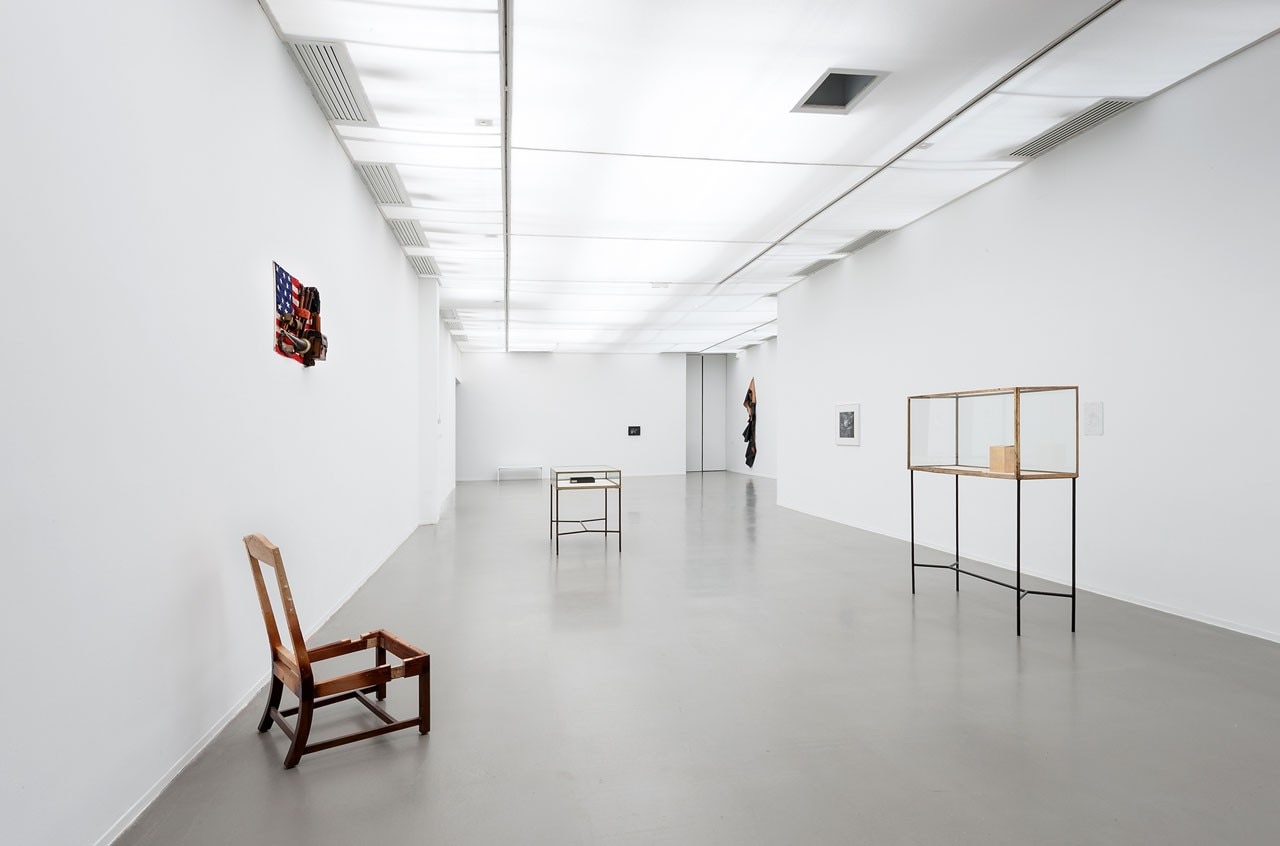
Through 18 August 2013
Danh Vo: Go Mo Ni Ma Da
Musée d’art moderne de la Ville de Paris
11 Avenue du Président Wilson, Paris


